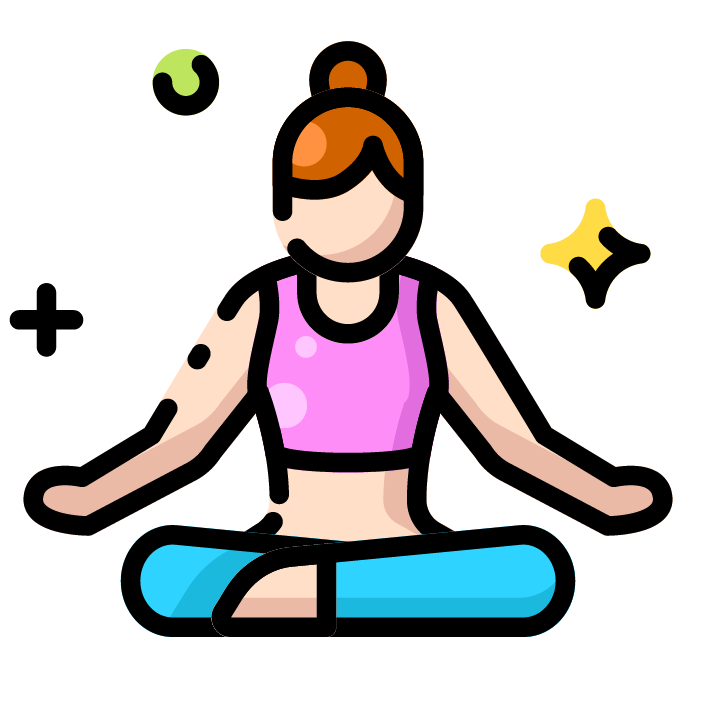In a world that constantly demands more — more speed, more energy, more output — Qigong offers something radically different:
A pause.
A breath.
A way back to your center.
Yet for many, Qigong still sounds like just another wellness trend, another gentle workout. But those who’ve practiced know — it goes far deeper than stretching or flow.
Let’s explore what really makes Qigong unique — and why it may be exactly what your mind and body have been craving.
1. It’s Not About Muscles. It’s About Energy.
Most movement systems focus on external goals: strength, flexibility, endurance.
Qigong works from the inside out.
It awakens your internal energy — “Qi” — and teaches you to feel it, guide it, and store it.
It’s less about doing, and more about being present in the movement. You’re not just moving your body; you’re cultivating vitality at its root.
2. Stillness Is the Power
In Qigong, stillness isn’t passive — it’s a tool.
Slowness magnifies awareness.
Silence sharpens sensitivity.
Breath brings you home.
Many students find that the most transformative moments come not from the movement itself, but from the quiet space between gestures — when the body is still, but the energy is alive and flowing.
3. It Meets You Exactly Where You Are
You don’t need to be flexible. You don’t need a background in martial arts. You don’t need to “get it right.”
Qigong invites you to start from exactly where you are. Each movement can be adjusted to your ability — and the results build gently, over time.
That’s why people from all walks of life — elders, busy professionals, even athletes — find Qigong not just doable, but essential.
4. The Effects Go Far Beyond the Mat
Yes, your body may feel lighter and more fluid.
Yes, your sleep may deepen.
Yes, stress may lose its grip.
But perhaps the biggest shift is subtle: you begin to approach your day differently.
You pause before reacting.
You notice your breath.
You become more aware — and more alive.
A Return to Harmony
Qigong isn’t just a method. It’s a mindset.
It teaches you that stillness isn’t a luxury. It’s a skill. One that you can learn, embody, and carry into every part of life — from your morning routine to your deepest decisions.
So when you step into your next session, don’t just move.
Listen. Breathe. Soften.
And know: you’re returning to a part of yourself that was never lost — just waiting.
